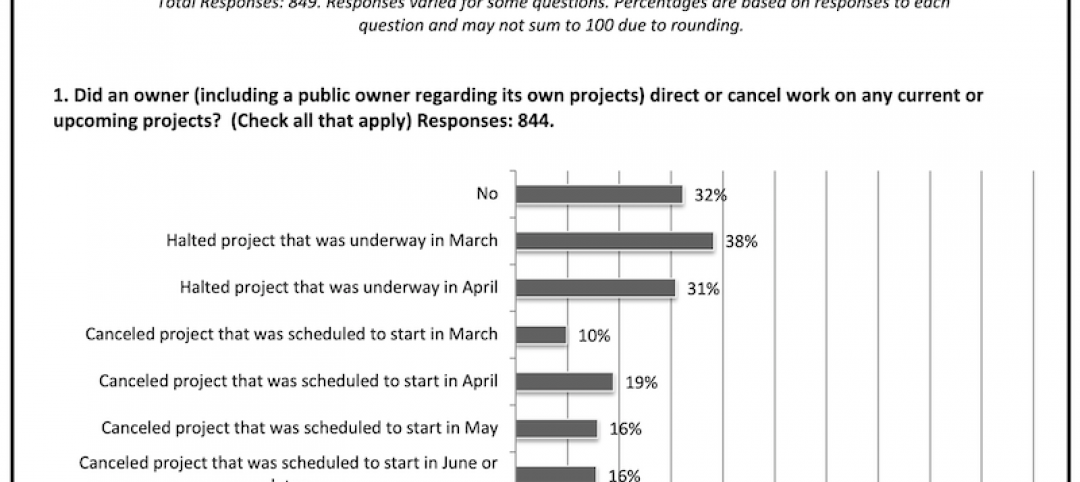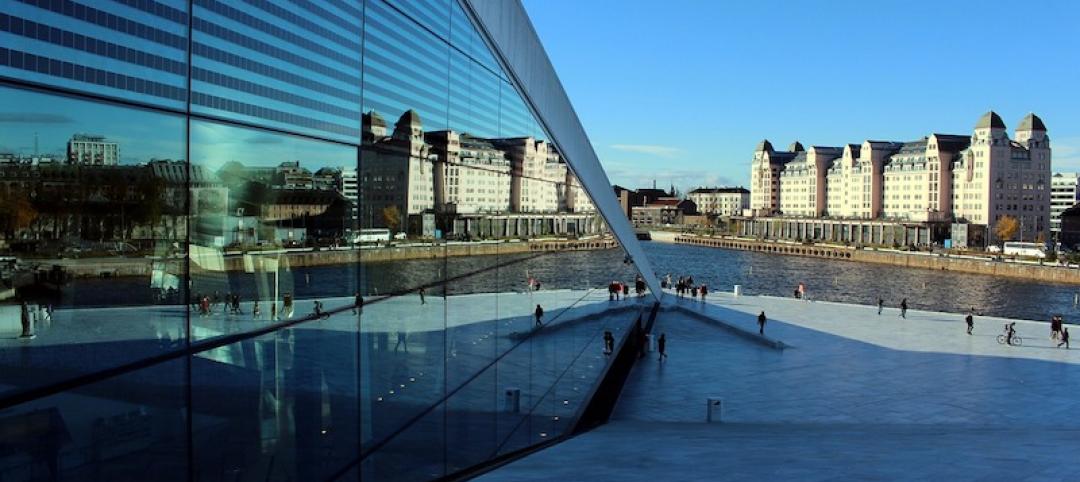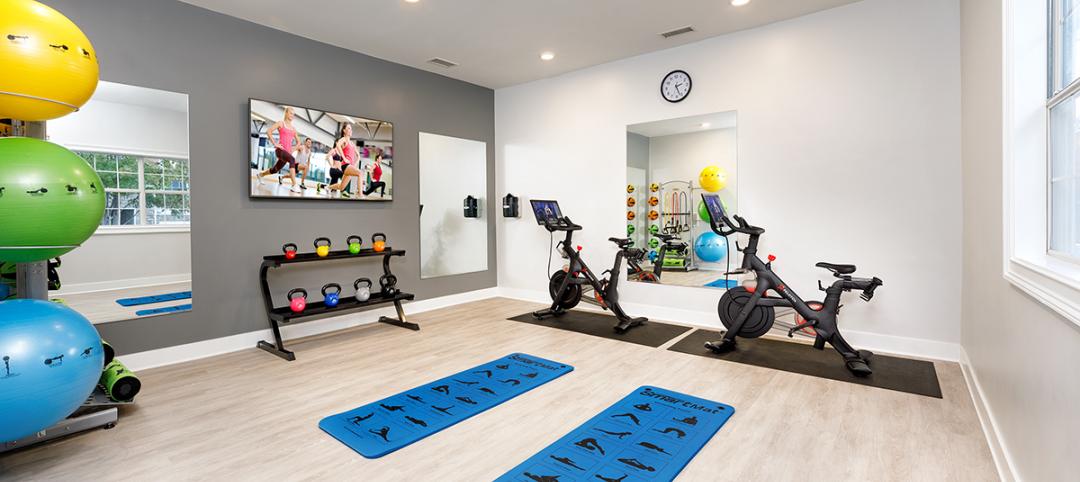Thanks for your thoughtful responses to the post about the upcoming PBS special, ’10 Buildings That Changed America,’ hosted by Geoffrey Baer, in which I took exception (unfairly, I admit, not having see the show) to some of his choices, to wit:
1. Virginia State Capitol, Richmond. Thomas Jefferson, 1788. 2. Trinity Church, Boston. H.H. Richardson, 1877. 3. Wainwright Building, St. Louis. Louis Sullivan, 1891. 4. Robie House, Chicago. Frank Lloyd Wright, 1910. 5. Highland Park Ford Plant, Highland Park, Michigan. Albert Kahn, 1910. 6. Southdale Center, Edina, Minnesota. Victor Gruen, 1956. 7. Seagram Building, New York. Ludwig Mies van der Rohe, 1958. 8. Dulles International Airport, Chantilly, Virginia. Eero Saarinen, 1962. 9. Vanna Venturi House, Philadelphia. Robert Venturi, 1964. 10. Walt Disney Concert Hall, Los Angeles. Frank Gehry, 2003.
A number of you posted online, but here are some others that came directly to me via email (rcassidy@sgcmail.com):
I'd leave off Robie House, Chicago. I wouldn't include any Frank Lloyd Wright work but that’s just me. I'd replace it with Greene & Greene's Gamble House (Pasadena, Calif.): it had a much bigger influence on residential architecture. Terry Turney Pacific Post & Beam San Luis Obispo, Calif.
For me, Fallingwater is a no-brainer for the list, surely the best-known residential building in the U.S. … and one that changed people’s perception of contemporary architecture. Did Seagram change things more than Lever House? I don’t think so. I would argue that Monticello is more worthy than the Virginia State Capitol, but I’m quibbling. Daniel B. Barnum, FAIA HBL Architects Houston
I am getting sick of lists, period. Enough already! There could be an unquantified list of buildings that changed America. Jerry Kler, AIA Jerry Kler Architects Sausalito, Calif.
Not sure how a building changes America, but there is certainly more at work than just the building itself: how a building is used or an event that transpires at a particular location certainly can have a major effect. What about 1 and 2 World Trade Center? Or the Alamo? Or Ellis Island? Or the [Pearl Harbor] Navy Base in Honolulu, not to mention the nuclear research facilities at Los Alamos, N.M., or Hanford, Wash. And Independence Hall in Philadelphia. Theodore Smith CCS, NCARB Moser Pilon Nelson Architects Weathersfield, Conn.
Wright's Larkin Administration Building (Buffalo, N.Y.) significantly changed office workspaces. I'm not a Frank Lloyd Wright worshipper, but I was quite impressed with the Larkin building, more so than with most of his other work. The Larkin Building made a significant contribution to improvement of the office. I find that more important than the Venturi house, which is just another example of architecture for architects that has no relevance for anyone else. Sheldon Wolfe RA, FCSI, CCS, CCCA, CSC BWBR St Paul, Minn.
Like music, a building can result as a "one-hit wonder," whereas an artist with longevity might have provided greater influence. My list would include FLW's Larkin Building and whatever was the first tall elevator building [editor’s note: arguably 488 Broadway, New York, 1857]. Robert W. Carr Robert W. Carr, Architects Durham, N.C.
Good topic for an argument. Couple of contenders: Farnsworth House (Philip Johnson), Houston Astrodome. Don Marquardt Black Dog Architects Abington, Pa.
I would definitely list the World Trade Center, not so much for the architecture, but as the symbol of American strength and wealth that was targeted and became the catalyst for a war. Robert Miller, AIA, PQP, LEED AP BD+C HKS Northville, Mich.
How about the Geodesic Dome by Bucky Fuller? Jacob A. Plicque This program is basically misnamed. These are buildings that changed architecture, not necessarily America. [How about] early 20th-century hospital planning, California platform framing, the Cape Cod house (American model becomes Levittown), the motel, the White House, the soddy, the Conestoga wagon, the train station? And the list goes on. Chris Fasoldt
The show airs May 12 on PBS, and if it is like Geoffrey Baer’s past work on Chicago architecture, it will be entertaining, enlightening, and – as we’ve seen – controversial.
More from Author
Rob Cassidy | Mar 30, 2020
Your turn: Has COVID-19 spelled the death knell for open-plan offices?
COVID-19 has designers worrying if open-plan offices are safe for workers.
Rob Cassidy | Mar 25, 2020
Coronavirus pandemic's impact on U.S. construction, notably the multifamily sector - 04-30-20 update
Coronavirus pandemic's impact on U.S. construction, notably the multifamily sector - 04-30-20 update
Rob Cassidy | Nov 20, 2019
Word of the Year: "climate emergency," says the Oxford English Dictionary
The Oxford Word of the Year 2019 is climate emergency.
Rob Cassidy | Nov 8, 2019
The Peloton Wars, Part III - More alternatives for apartment building owners
ProForm Studio Bike Pro review.
Rob Cassidy | Nov 1, 2019
Do car-free downtown zones work? Oslo, yes; Chicago, no
Two recent reports (October 2019) explore whether car-free downtowns really work, based on experience in Oslo, Norway, and Chicago.
Rob Cassidy | Oct 9, 2019
Multifamily developers vs. Peloton: Round 2... Fight!
Readers and experts offer alternatives to Peloton bicycles for their apartment and condo projects.
Rob Cassidy | Sep 4, 2019
Peloton to multifamily communities: Drop dead
Peloton will no longer sell its bikes to apartment communities.















